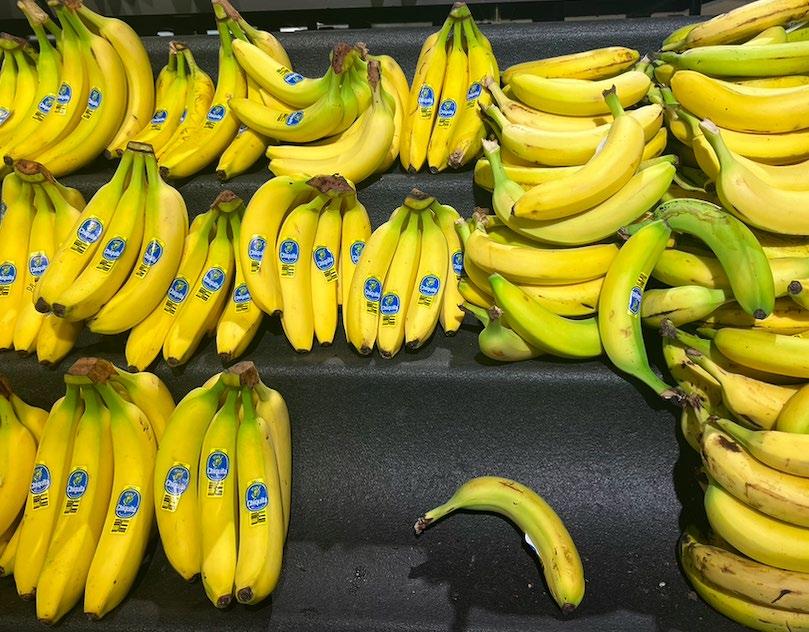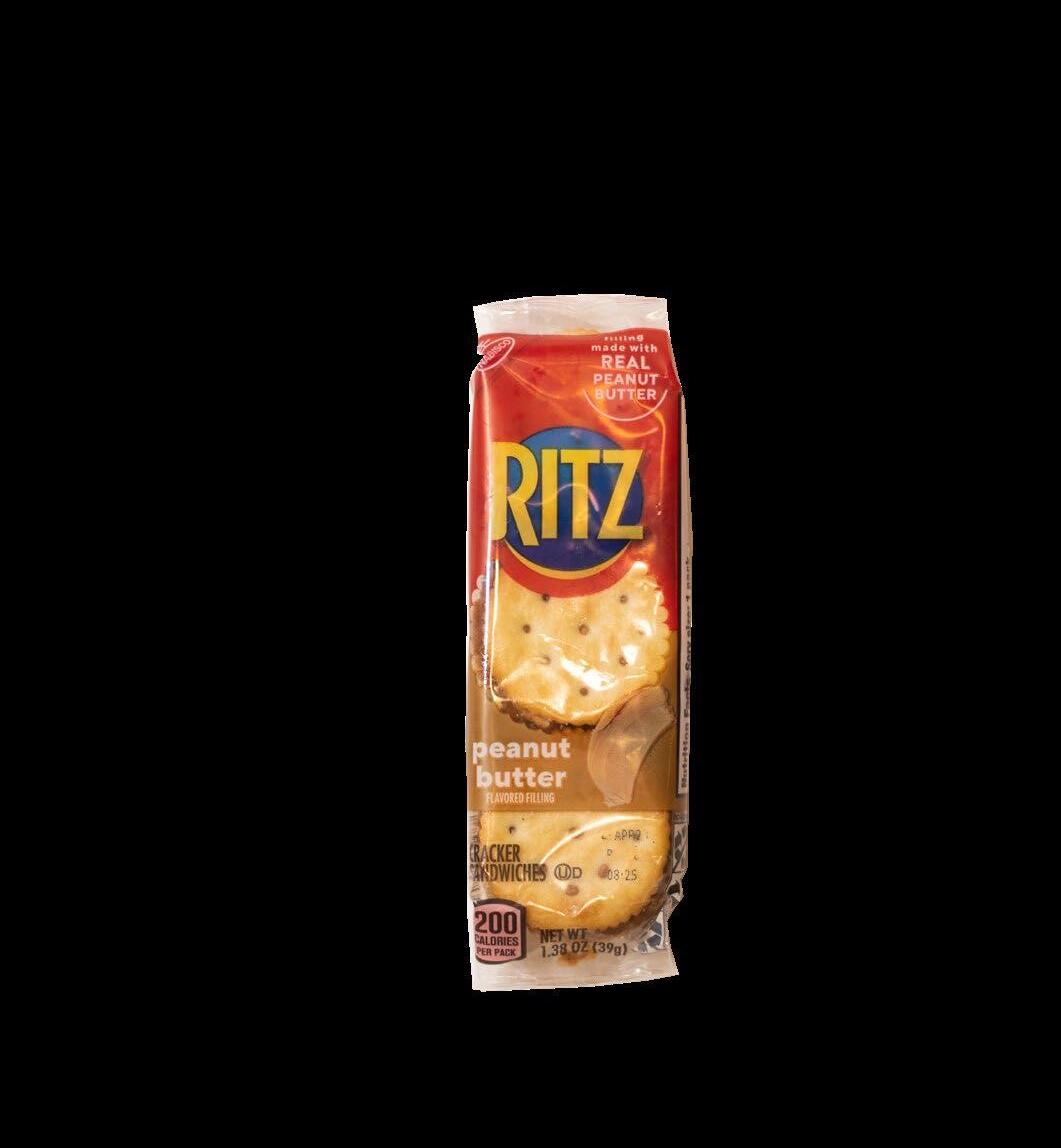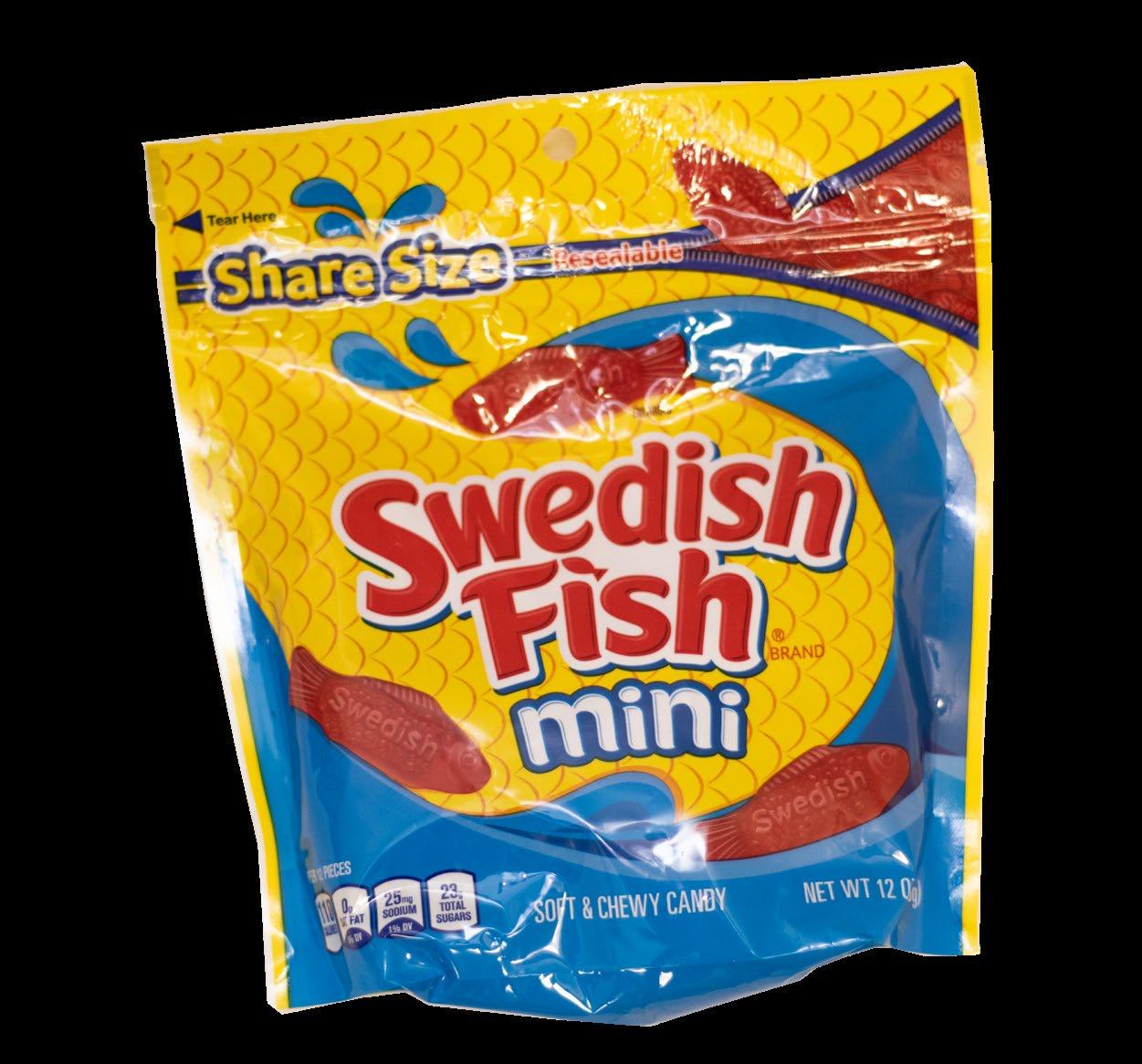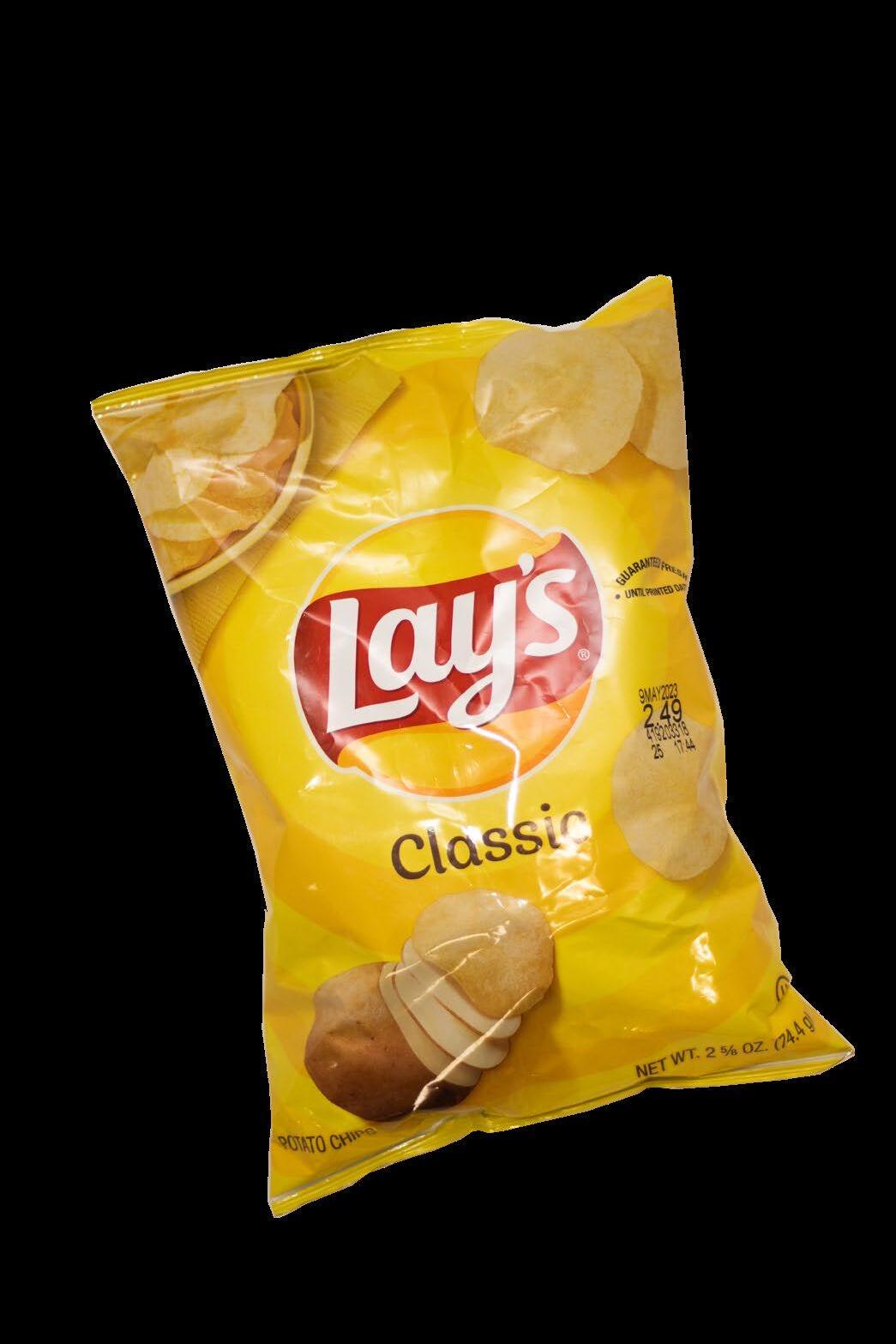
4 minute read
Can You Trust the Process?
Students, specialists share experiences with the different processes of food creation between the European Union and U.S.
By Adanna Mbanu, Copy Editor
Advertisement
If there’s one thing students rely on to sustain their hunger, it’s the vending machine. This easily-accessible snack dispensary is a popular commodity during the seven-hour school day.
But what most students don’t realize is that the convenience of these snacks do more harm than is realized, and it’s not their fault.
Some of the most common foods found in these vending machines contain chemicals and that have been linked to illness. A survey conducted by the Center for Science in the Public Interest showed that in “vending machines in middle schools and high schools 75% of the drinks and 85% of the snacks sold are of poor nutritional value.”
Titanium Dioxide (TiO2) is a chemical frequently found in foods that typical American vending machines carry, such as M&Ms, Skittles, and Starburst, according to the Environmental Working Group. Although this chemical is a common ingredient in numerous American snacks, according to the
International Agency for Research on Cancer, “titanium Dioxide has recently [in 2019] been classified as a Group 2B carcinogen [an agent that’s possibly cancerous to humans].”
Acrylamide (C3H5NO) is another carcinogen found in typical vending machine snacks like potato chips and cookies. This chemical was classified as a Group 2A carcinogen, an agent probably cancerous to humans, by the International Agency for Research and the World Health Organization.
The Food and Drug Administration monitors levels of acrylamide in certain foods because of its potential health effects on humans and advises “both consumers and industry about how to reduce acrylamide formation in foods.”
Both Titanium Dioxide and Acrylamide are restricted in the European Union. Zionsville nutritionist Gretchen Heidenreich, worries about the negative effects these chemicals are causing to people living in America.
“Europe tends to be stricter on certain chemicals and supplements than America,” Heidenreich said.
“Titanium Dioxide is banned in the EU because of its potential connections to cancer, but the FDA has not taken any action on it. EU research determined that the cancer link could not be ruled out with daily use of the product.
Titanium Dioxide is found in coffee creamer, salad dressings and some white sauces. This may all sound alarming, which is why I always stress fresh foods or homemade when possible and variety with moderation when it comes to eating.”

Other experts studying food with an emphasis on nutrition have noticed other differences between nutritional values in between the typical American and Europe an diet. When Toby Moreno, head chef of Auberge, spent 12 days in France studying its cuisine, he began to notice the contrast in the usage of processed foods and GMOs [genetically modified organisms] between Europe and America.
“One thing in Europe, especially France, is that they don’t have genetically modified foods over there,” Moreno said. “[In restaurants] they’re definitely using ingredients that are locally sourced. Another thing is the food in France is seasonal, so some things might be out of season, like a tomato, but here Americans want whatever they want any time of the year.”
While living in France over the summer, junior Mara Lusk began to taste a significant difference between the food she was used to and the food she’d been introduced to in Europe.
“The food there was really different from here,” Lusk said. “They [the French] eat a lot more fresh fruits and just fresh things in general; fresh cheese, fresh meats. There’s markets all the time where people can buy fresh ingredients. And then there’s also a lot of restaurants and little patisseries to buy pastries. I just think the ingredients are really pure.”
Junior foreign exchange student Henry Teuteberg noticed the difference in nutritional value between America and Europe when moving to Zionsville from Germany.
“We don’t really go out to eat. Usually we
There are also a lot of butchers in Germany for meat, which I think tastes better. It’s better than if it were at a supermarket or something like that.”
With these differences, specifically in nutritional values, Heidenreich emphasizes how the typical American diet can affect humans and how to incorporate healthier aspects.
“Eating is the only way our body can get the specific nutrients it needs from the outside world into our body,” Heidenreich said. “If we don’t have those nutrients, our body isn’t going to be able to create what it needs to make us function and feel our best. This eventually can lead to some pretty scary things like cancer, dementia, heart disease, or osteoporosis. Even if we are missing just a little of what we need to get in our diets, it can accelerate aging, hair loss, poor skin integrity,
Common snacks containing Titanium Dioxide (TiO2) and Acrylamide (C3H5NO)




Graphics by Adanna Mbanu
chemicals and GMOs compared to Europe is because of the lack of thought the food industry puts into sustainability. He believes that when looking at sustainability, economic, social, and environmental aspects should be taken into account.
“So [for economic], I’ll be providing for the local economy by [buying food] from a radius of 350 to 400 miles from where I am,”
Moreno said. “Then there’s the social aspect where we’re coming together to eat this food, and there’s a lack of food culture. And then there’s environmental, so food has a cost to be flown or driven from Canada or Mexico. There’s just more emissions being put out into the atmosphere doing that.”
Before Teutenberg moved to the United States, he had already heard about the differ-
“I really enjoyed the food with my family, they always cook very fresh, which is awesome. But compared to normal American food, it’s a very different diet,” Teuteberg said. “Most people tell me that they become unhealthier and gain some weight when they come to the US.”
It can be difficult for teenagers to keep track of what to eat and what not to eat. “As a teenager it’s hard to think about your 30s, 40s, and beyond, but what’s interesting is that your intake right now impacts your future self,” Heidenreich said. “There are some interesting studies that found poor nutrition was linked to individuals not reaching their full height potential. I always stress to my clients there are no bad foods, every food can fit into a healthy a healthy diet, the key is balance. Each person has such a unique lifestyle, taste preference, and genetic blueprint that nutrition really needs to be suited to their unique needs.”
Heidenreich said he has “hope for the better.”
“I’ve found more younger clients pushing back against diet culture and putting self care first, which is wonderful,” he said. “I think the younger generations are going to make the biggest change.”










